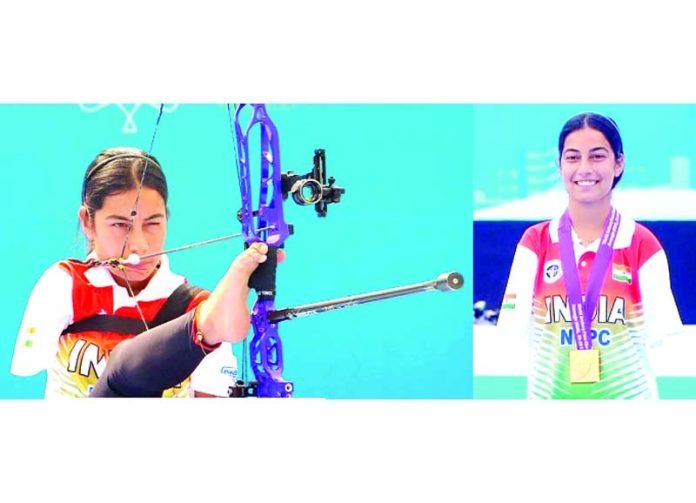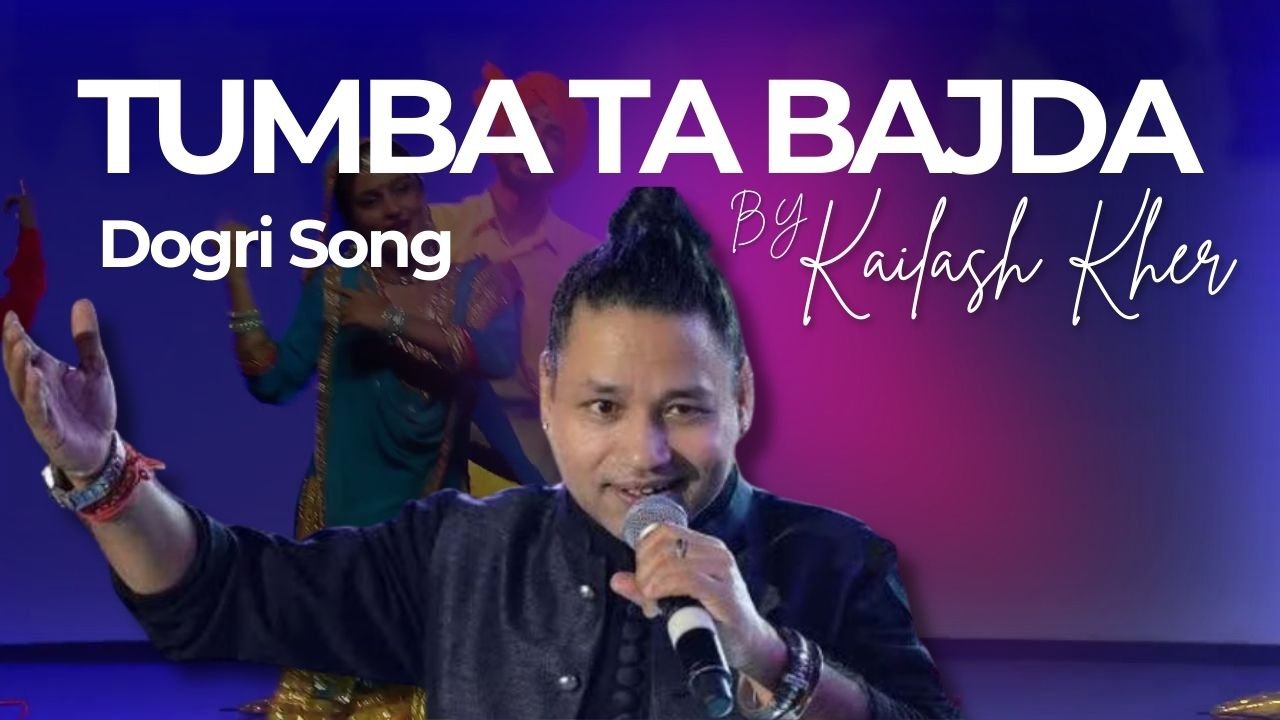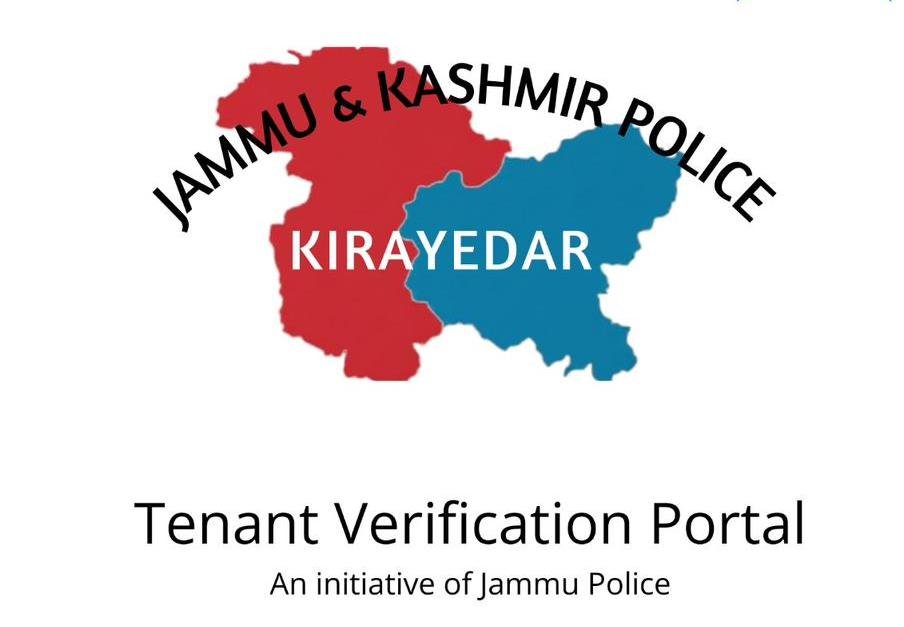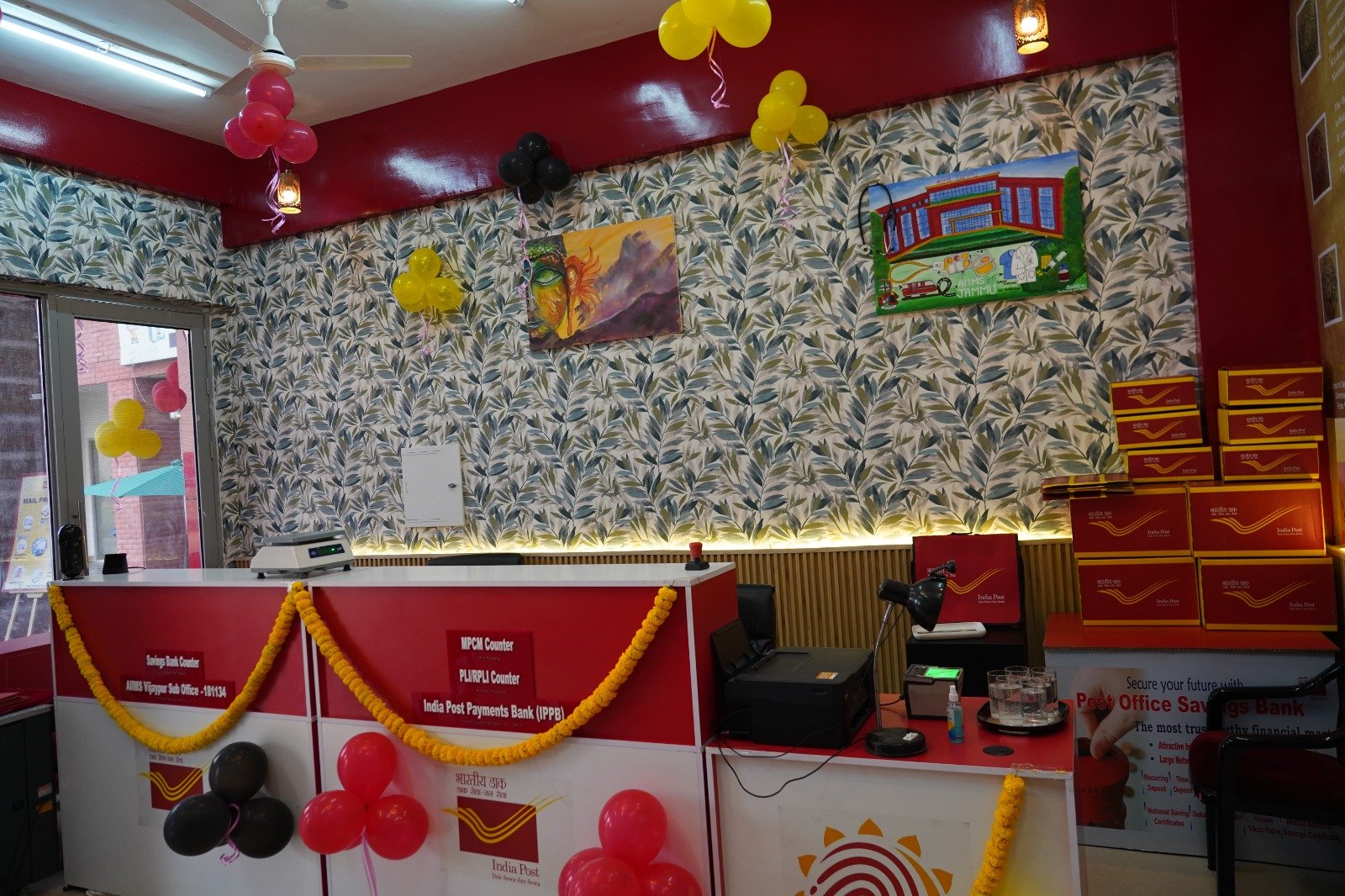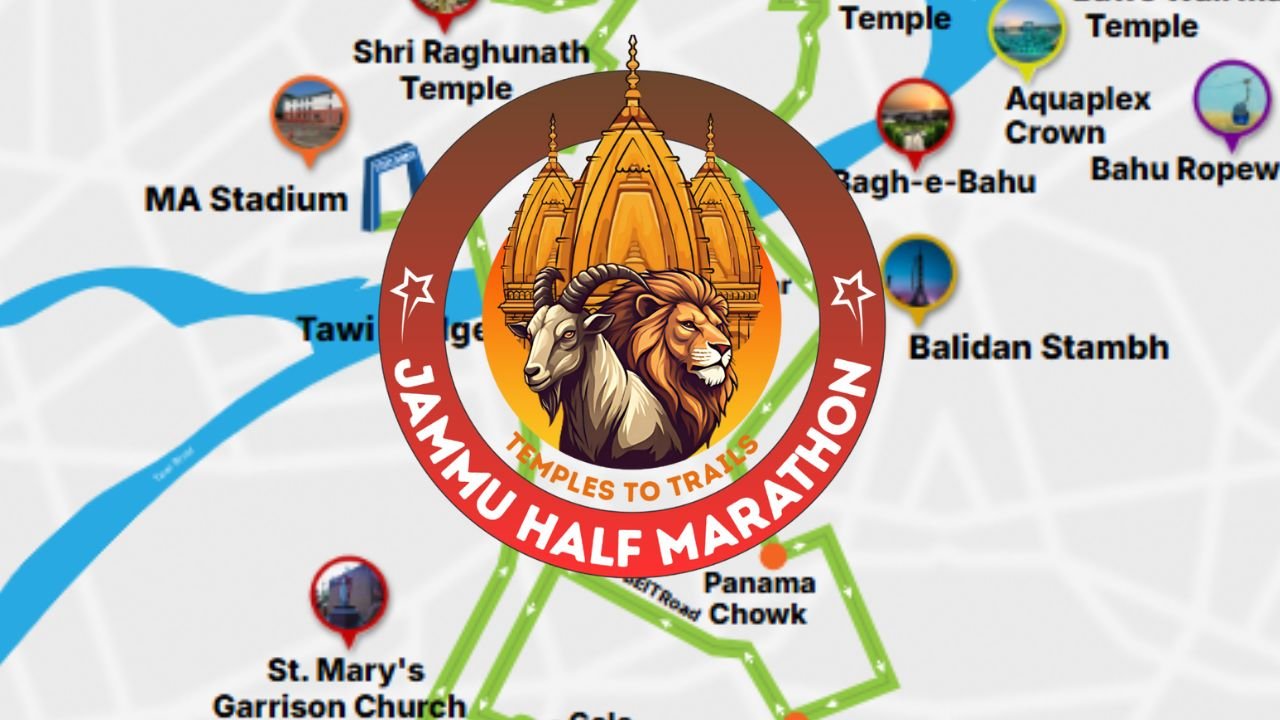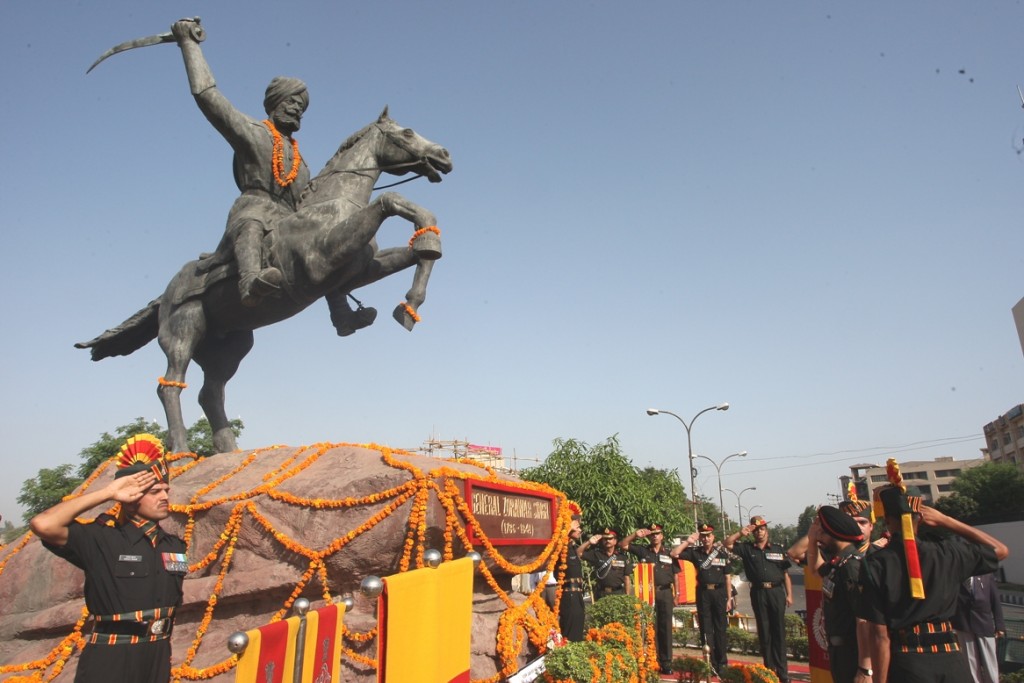Join us as we delve into the sacred rituals of Ahoi Ashtami, a revered tradition in Jammu’s Dogra community. Watch the captivating katha video & learn about its significance. Embrace the divine energy of Mata Ahoi & seek her blessings.
Ahoi Ashtami is a day when Hindu women keep a fast for the welfare and long life of their children. Also known as Krishna Ashtami, the festival is celebrated on the eighth day of Krishna Paksha of the Kartik month.
The festival, also known as Ahoi Aathe, is mainly celebrated by the Banya-Marwari community in North India.
Ahoi Ashtami significance
Believers say childless couples should take a holy dip in ‘Radha Kund’ at Mathura dhaam on this sacred day. They should observe a nirjala fast till stars appear in the sky and follow all rituals religiously. Those who already have children keep this fast in the belief they will be blessed with long and healthy life.
Read also: How to Celebrate Diwali in a Traditional Way in Jammu
Ahoi Ashtami vrat and rituals
Women wake up early in the morning on Ahoi Ashtami day, and take a bath. They paint an image of Ahoi mata with a cub on a clean wall. Many people use readymade picture calendar of Ahoi Ashtami too. Then place a mud or silver pot filled with water and a moli (sacred red thread) tied around the neck of the pot on the left side of the Ahoi image. A glass of water is also kept to be offered to the sun after the puja. A bowl full of wheat grains, and other food stuff such as sugarcane, singhara, chana, sorghum and wheat flour halwa or meethe poore are offered.
At dusk, the story of Ahoi Ashtami is recited in front of the Ahoi Mata image. At the time of reciting the story, a few wheat grains are kept in one hand and they are tied in the same stole, dupatta or saree pallu worn by the women at the time of prayers after the story is over. The glass of water is offered to sun. Once stars rise in the sky, women break their fast after offering the pot water and the wheat grains tied in the saree pallu to the stars. The women then drink water offered by their children, following which they eat satvik food without onion and garlic.




